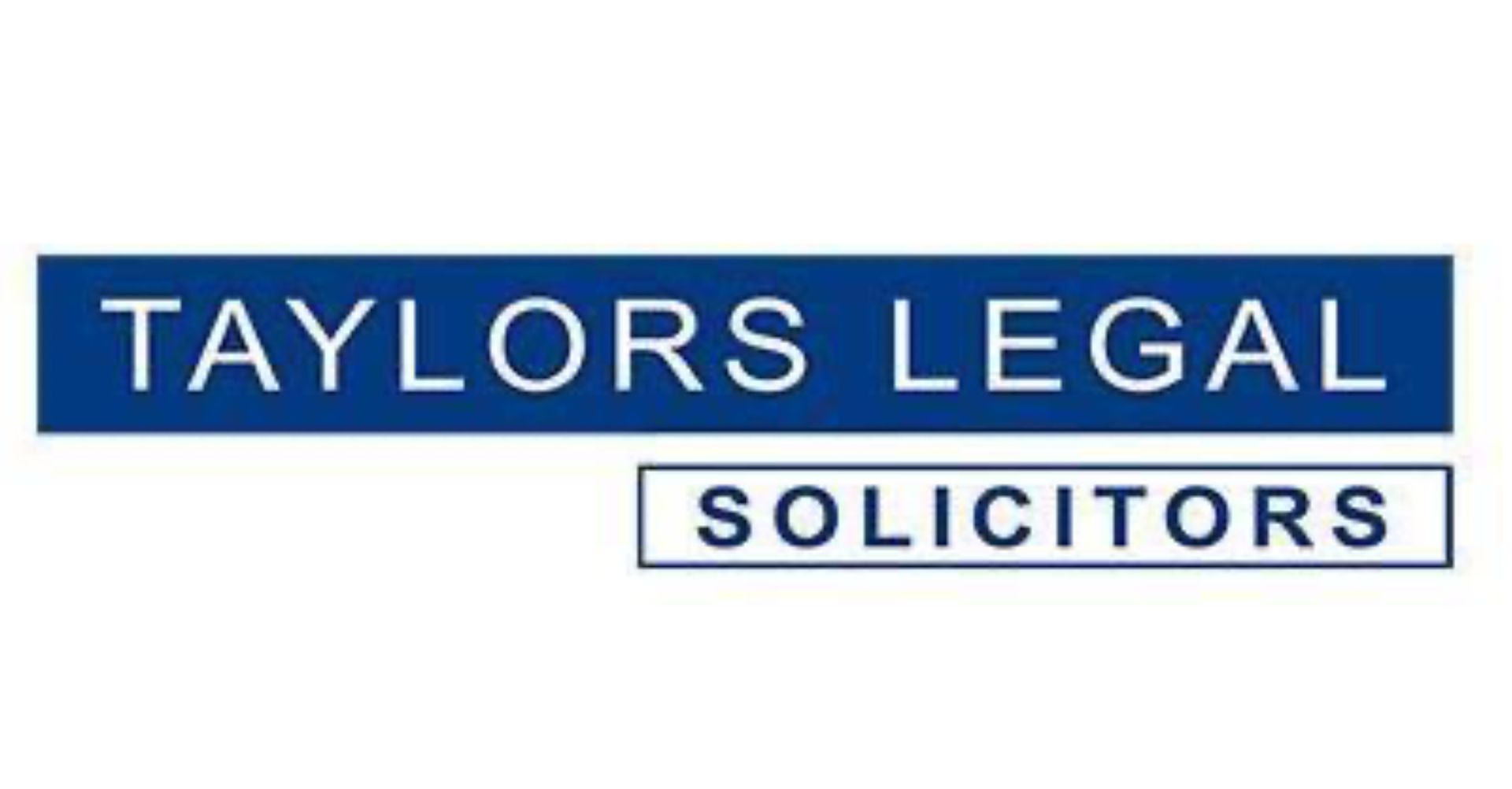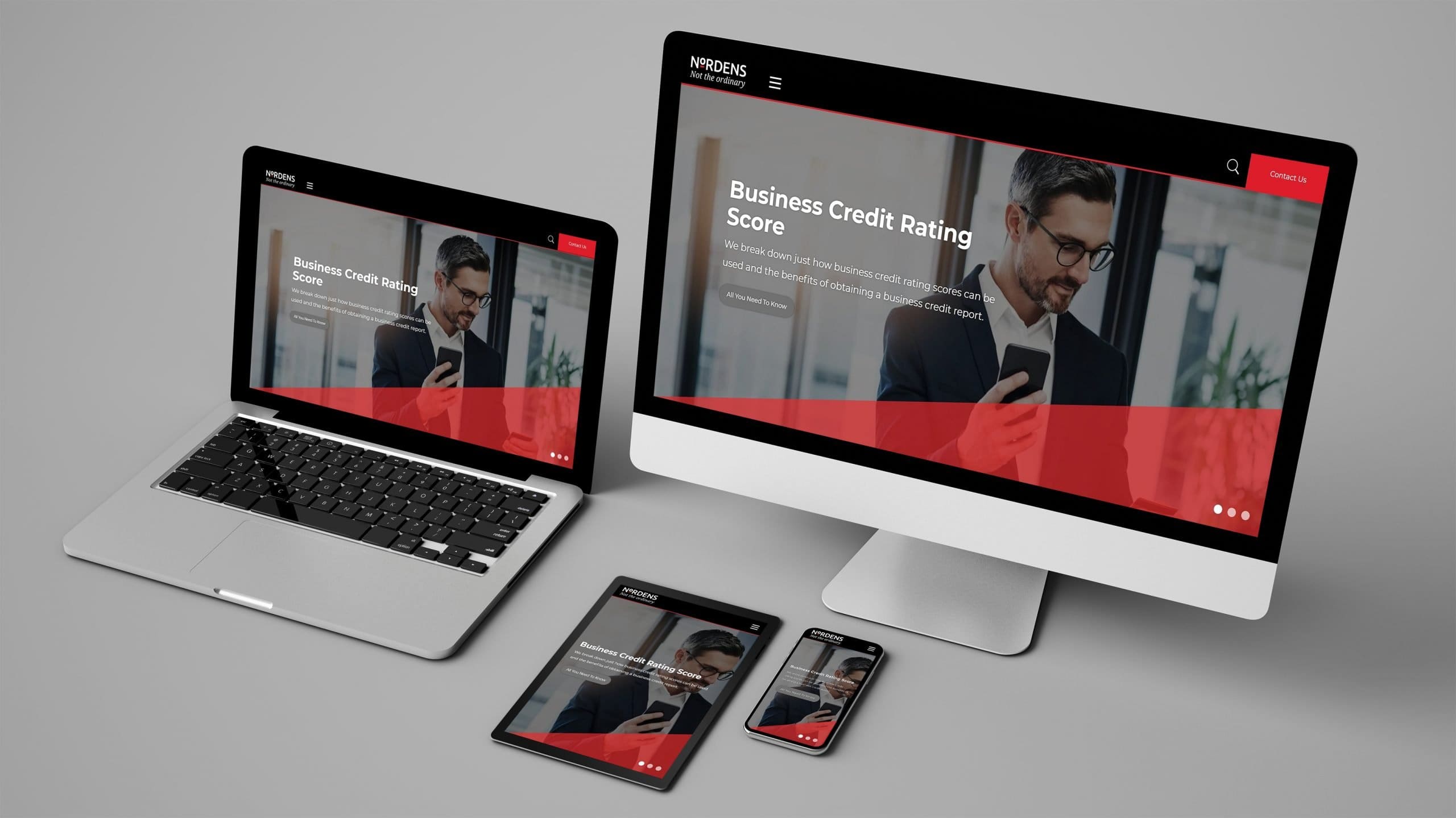Welcome to the Business Success Series- a comprehensive guide designed specifically for small and medium-sized enterprise (SME) owners who are committed to achieving their business goals and overcoming challenges. So far, I’ve discussed the importance of having the right mindset as well as why it’s critical for businesses to have Purpose, Values and Goals. This time around I’m going to focus on the roles that Profitability and Cashflow play in the success of businesses, and how forecasting can play such an important role.
In this seven-part series, we are delving into crucial aspects that can make or break your journey towards success. We understand the struggles that come with turning aspirations into achievements, and that’s why each article in this series addresses key issues hindering business growth.
Each month we will provide insights, strategies, and practical tips to empower you in navigating the obstacles that commonly hinder SMEs. Whether you are a seasoned business owner or just starting out, join us on this insightful journey as we explore the mindset, strategies, and actionable steps needed to elevate your business to new heights.
Understanding profitability
Are you working too hard in your business for too little? Does one small change such as a price increase from one of your suppliers can leave a huge dent in your margins? Do you find yourself questioning whether a certain area or income stream is consistently making enough profit to make it viable?
Answering ‘yes’ to any of the above suggests that your business could be at profitability risk. In order to mitigate this risk you need to stress test your business model and look at opportunities and sacrifices to make your business more profitable. This is key to putting you back on track to reaching your goals.
Two key ways to increase your profitability:
- Increase turnover
- Reduce your costs
Whilst both important, doing either of these without consideration may cause you significant issues such as overtrading or cutting costs to a level where you start taking shortcuts. This will inevitably result in losing more business than you gain.
Having scenario based forecasts that align with your longer term business and personal goals are key as this will help you understand how you can grow the right way and visualise what your route looks like.
Over the years we have prepared forecasts for many business owners, and one common comment they often make is “I can actually see the way forward now. Before, I had an idea-but this eliminates the fog and breaks it down into clear monthly targets”.
This gives the business owner more clarity, control, and confidence to make better decisions.
OK, this all sounds great, but how can you get started? Well the first thing you have to be absolutely clear on is your businesses break even point.
Break even point and profitability
In principle, your break even point is relatively easy to work out- add up all your overheads and divide this by your gross profit margin. This will give you the level of turnover you need to make to cover all your costs and break even.
You can take this a step further by taking your total turnover and dividing this by the average sales value to give you an idea of number of products/services you will need to sell. If your business is seasonal you can break this down into a monthly basis too if and where needed.
Then you can go on to factor in the profit you want to make based on your goals, as ultimately no business wants to just break even. To do this you can use a similar calculation, but instead of just dividing your overheads by your gross profit add in the profit and related tax too.
| BREAKEVEN POINT | BREAKEVEN PLUS PROFIT | |||
| Gross Profit Margin | 20% | Gross Profit Margin | 20% | |
| Total Overhead costs | £ 10,000 | Total Overhead costs | £ 10,000 | |
| Profit Required | £ 50,000 | |||
| Turnover needed | £ 50,000 | Turnover needed | £ 300,000 | |
So we have our break even and break even plus profit point, now what are areas should we be considering to ensure we retain and ideally improve our profitability levels?
At Nordens we pride ourselves on being able to tell a story of illustrate the points we make using numbers, so we will aim to illustrate a few using a hypothetical company turning over £1m with a 25% gross profit margin and overheads of £100k- leaving it with a profit of £150k (a 15% Net Profit Margin). It is worth noting that the scenarios shown will often work in tandem with one another, but for ease we are showing them as isolated changes.
Inflationary Cost Pressures and profitability
Costs are going up everywhere right now and even in milder economic climates businesses are still subject to “standard” or “inflationary” price increases. The first scenario is illustrating the impact of an inflationary increase to all your costs at 2%. Whilst this is only a small increase, if you keep your prices the same, you can see just how much it hampers your bottom line profit- reducing the net profit by over 10%.
| 2% inflation | ||
| Turnover: | £1,000,000 | £1,000,000 |
| Direct costs: | £750,000 | £765,000 |
| Gross profit: | £250,000 | £235,000 |
| Gross profit margin: | 25% | 24% |
| Overheads: | £100,000 | £102,000 |
| Net profit: | £150,000 | £133,000 |
| Net profit margin: | 15% | 13% |
| Impact of net profit (£) | -£17,000 | |
| Change to net profit figure as a % | -11% | |
| Break even point: | £400,000 | £434,043 |
Now look at what happens when the rate of inflation increases to 9%
| 9% inflation | ||
| Turnover | £1,000,000 | £1,000,000 |
| Direct costs | £750,000 | £817,500 |
| Gross profit | £250,000 | £182,500 |
| Gross profit margin | 25% | 18% |
| Overheads | £100,000 | £109,000 |
| Net profit | £150,000 | £73,500 |
| Net profit margin | 15% | 7% |
| Impact on net profit (£) | -£76,500 | |
| Change to net profit figure as a % | -51% | |
| Break even point | £400,000 | £597,260 |
Offering Discounts and profitability
The next scenario illustrates the impact of offering a 10% discount to customers. In practice it is unlikely to work exactly like this as you would usually offer a discount to win new work, so the actual numbers of sales will go up too. What this does show, however, is that while discounting such as loyalty bonuses and so on can be a useful tool, you have to be careful and analyse it to ensure the discounts you give will stack up against the new work you are expected to win.
| 10% discount | ||
| Turnover: | £1,000,000 | £900,000 |
| Direct costs: | £750,000 | £750,000 |
| Gross profit: | £250,000 | £150,000 |
| Gross profit margin: | 25% | 17% |
| Overheads | £100,000 | £100,000 |
| Net profit: | £150,000 | £50,000 |
| Net profit margin | 15% | 6% |
| Impact of net profit (£) | £100,000 | |
| Change to net profit figure as a % | -67% | |
| Break even point: | £400,000 | £600,000 |
Increasing Prices and profitability
The third scenario is particularly interesting as it shows that a small 5% price increase across the board results in a 33% increase to this companies net profit.
| 5% price increase | ||
| Turnover: | £1,000,000 | £1,050,000 |
| Direct costs: | £750,000 | £750,000 |
| Gross profits: | £250,000 | £300,000 |
| Gross profit margin: | 25% | 29% |
| Overheads: | £100,000 | £100,000 |
| Net Profit: | £150,000 | £200,000 |
| Net Profit Margin | 15% | 19% |
| Impact on net profit (£) | £50,000 | |
| Change to net profit figure as a % | 33% | |
| Break even point: | £400,000 | £350,000 |
Whilst increasing your prices is the easiest way to boost your profit as it goes straight onto the bottom line, there is only so much you can raise your prices so you will need to look at other ways of boosting profit alongside this.
Increasing Volume and profitability
The next scenario shows how 10% growth for this business equates to 17% extra net profit (assuming that overheads have not increase).
| 10% increase in volume | ||
| Turnover: | £1,000,000 | £1.100,000 |
| Direct costs: | £750,000 | £825,000 |
| Gross profit: | £250,000 | £275,000 |
| Gross profit margin: | 25% | 25% |
| Overheads: | £100,000 | £100,000 |
| Net profit | £150,000 | £175,000 |
| Net profit margin | 15% | 16% |
| Impact of net profit (£) | £25,000 | |
| Change to net profit figure as a % | 17% | |
| Break even point: | £400,000 | £400,000 |
Things to look at here include, upselling, reducing the purchasing period (encouraging customers to purchase more often), cross selling and diversifying your offering. It is also worth looking at your lowest grade or least effective customers or segments, and carrying out an exercise to ascertain whether to continue these. This can often be quite eye opening and while it will not increase turnover it could well increase profit as the costs associated are higher with these low value customers.
Increasing Margins and profitability
This scenario shows how just a 1% increase to your margin adds another 5% to your bottom line.
| 1% increase in gross margin | ||
| Turnover: | £1,000,000 | £1,000,000 |
| Direct costs: | £750,000 | £742,500 |
| Gross profit: | £250,000 | £257,500 |
| Gross profit margin: | 25% | 26% |
| Overheads: | £100,000 | £100,000 |
| Net profit | £150,000 | £157,500 |
| Net profit margin | 15% | 16% |
| Impact on net profit (£) | £7500 | |
| Change to net profit figure as a % | 5% | |
| Break even point: | £400,000 | £388,350 |
Margins are not always easily improved, but clever purchasing and monitoring effectiveness across your team and production line are two good starting points.
Reducing Costs and profitability
The final scenario shows the impact of trimming your overheads by 10% would add another 7% to your bottom line.
| 10% overhead cost reduction | ||
| Turnover: | £1,000,000 | £1,000,000 |
| Direct costs: | £750,000 | £750,000 |
| Gross profit | £250,000 | £250,000 |
| Gross profit margin | 25% | 25% |
| Overheads | £100,000 | £90,000 |
| Net profit | £150,000 | £160,000 |
| Net profit margin | 15% | 16% |
| Impact on net profit (£) | £10,000 | |
| Change to net profit figure as a % | 7% | |
| Break even point: | £400,000 | £360,000 |
Cost cutting exercises are often seen as boring and laborious- but business owners do not necessarily need to do this themselves. You can delegate this internally, or even externally, but all businesses should be carrying out a periodic cost reviews.
Prices often rise above inflation, so it is important to stay on top of this- especially with big direct purchases (things like phone contracts, insurance, lighting and heating) as you often get a good introductory offer to sign up and then the costs will start gradually creeping up. Make sure you get a few quotes and regularly compare these so you are not falling victim to unnecessary rises.
Costs related to your team such as wages are generally one of, if not the biggest costs- so as well as external costs we encourage you to analyse whether everyone on your team is adding value. Look at ways you can automate some of the processes which can improve efficiencies and save you money at the same time.
Cashflow
Did you know that 82 per cent of small businesses fail due to cash flow?
If you are concerned about the cashflow in your business or feel like you are working more day to day but still do not have complete clarity over where your future pinch points are- this would be my advice:
How do cashflow problems arise?
Triggers of problems include:
- Not being diversified enough in your customer base – relying on too few customers
- Relying on big customers paying large bills to “get you through” tough times
- You have too much money owed to you and you are not being paid steadily
- You are regularly in your overdraft
- You are cutting back on your own earnings
- You are forced to cut other essential costs
- You receive regular payment demands from suppliers
- You are not getting discounts when paying your bills
- You have a lot of short-term debt
- You have high stock levels and high level of obsolete stock
The biggest problem that we see is not actually being aware of your current and future cash position in the first place. This means that you are unable to diagnose the issue effectively, let alone propose a treatment or solution.
This is why we place such an emphasis on your cashflow forecast.
Pinch points and cashflow
The pinch point is often based on economic factors and is the time you are taken outside your comfort zone in respect of your cash buffer. For example, if you are aiming for a cash balance of 3x your monthly overheads as a buffer you are comfortable with but your forecasts show that in 2 months time you will only have 1.5x cover- you have a pinch point.
Some businesses may deem a pinch point as the point in which you enter into your overdraft, but every business is different and importantly the pinch point is the time you are out of your comfort zone. At this stage, the business starts having problems and has to start making changes to its normal way of doing things.
Pinch points are expected as you look to grow and shouldn’t be viewed as a sole reason to stunt your growth. Instead, this is where planning comes in to determine the appropriate level of risk around the decision and if you’re able to trade through the pinch or whether you need to raise some short term capital to support you. We always recommend planning ahead as early as you can, and emphasise the importance of long term thinking to ensure decisions are well rounded.
Vetting your customers and cashflow
Having a process for vetting your customers before taking them on helps you to be able to predict issues you may have down the line. One good way to do this is to run a credit check on your customers- something you should be doing regularly on your own business too.
Whilst it sounds simple in principle, there are a significant number of businesses who get this fundamentally wrong and do not pay enough attention to their short or longer term cash outlook. Businesses who struggle often have little or no reporting function in or around their cashflow, which often results in issues magnifying.
Understand your working capital cycle and cashflow
When looking at your cash and forecasting your pinch points it is important to have a good grasp of your working capital cycle. In essence, this is the number of days shortfall between purchasing or creating a good or services and receiving full payment from your customer or clients for that good or service.
For example, you could hold your product in stock for an average of 20 days, and once you make a sale it takes your customer another 20 days on average to pay you, you reduce the cycle by taking 30 days to pay your suppliers, so your working capital cycle is 10 days.
Being clear on your cycle can show you how much cash you will need as a buffer to allow you to firstly stay afloat and then expand. It will also pinpoint areas you can improve your cycle such as asking suppliers for extended terms, improving your credit control to get money in quicker, or adopting a more robust stock system to reduce stock holding times.
Get paid on time
Some simple steps to ensure your customers pay on time include:
- Explore and embrace technology- software and apps make it easier than ever before to get a proper understanding
- If your job is project based or over a long time period, push for upfront payments to at least cover your costs and reduce your risk
- Send invoices on time- timely submission lets customers know that you expect the same
- Make terms crystal clear and specify a due date – the phrase “Due Jan. 30, 2024” is far more impactful than “Payable in 30 days.”
- Emphasise benefits of prompt payment- reminding customers that timeliness are key to maintaining a good credit rating and avoiding a credit hold
- Ensure you have a solid credit control process so that outstanding monies owed are not left to mount up
- Work with a collection agency for those debts who are crossing the line of your patience
Too often business owners with a solid growth plan and a cash need (eg. an acquisition or equipment purchase) put it off and wait for more cash to build up as they are too close to their pinch points. All this does is slow them down and stunt their growth.
There are many funding and finance options out there for businesses and providing it has all been well forecasted you will foresee this early and can explore reasonable finance options so that you are ready and set to continue your growth trajectory.
Once you are consistently above your cash buffer, you need to be asking yourself: ‘What can I do to make this cash work better for me?’. Whether this is an investment in equipment, acquiring a competitor or other growth plans, one thing we know for sure is that in the current climate you will not get much in the way of interest, so you need to make any surplus work for you in other ways.
Cashflow- your number one tool
Having a robust cashflow forecast and well considered cashflow management systems and processes are essential for all successful businesses.
There really is no better tool than using your forecasts to help you make these decisions. Whilst it is practically impossible to predict how everything will unfold down to the nearest pound, having a strong forecast in your arsenal equips you well. This can be based on a combination of historic data and an awareness of exactly where you stand in respect of customer receipts, costs, and how your market is developing.
Businesses who manage their cashflow well are left with the most options and therefore the most opportunities to take their business forward, diversify and self-preserve where necessary.
If you have any questions on profitability, cashflow, or would like us to help your business produce cashflow forecasting or management plan for you, please get in touch today.
Profitability and Cashflow FAQs
What are the signs that my business might be at profitability risk?
If you find yourself working hard for little return, experiencing significant profit reductions due to minor cost changes, or questioning the viability of certain income streams, your business might be at profitability risk. Recognizing these signs early allows you to take proactive measures to mitigate the risk and align your business model with your goals.
How can I increase profitability in my business?
Two key strategies to enhance profitability include increasing turnover and reducing costs. However, implementing these strategies requires careful consideration to avoid issues like overtrading or compromising quality. Scenario-based forecasting aligned with long-term goals provides clarity on growth opportunities and helps visualize the path to profitability.
How do I determine my business’s break-even point?
Calculating your break-even point involves dividing total overhead costs by the gross profit margin. This figure represents the turnover needed to cover all costs and break even. Additionally, factoring in desired profit levels provides insight into the level of turnover required to achieve specific profit targets.
What areas should I consider to retain or improve profitability?
Areas to assess for profitability improvement include managing inflationary cost pressures, optimizing pricing strategies, increasing sales volume, improving gross margins, and reducing overhead costs. Each scenario offers potential opportunities to enhance profitability when analyzed and implemented effectively.
How can I better manage cashflow in my business?
Effective cash flow management is essential for business success. Understanding triggers of cash flow problems, identifying pinch points, vetting customers, and optimizing the working capital cycle are key steps. Employing robust credit control processes and exploring financing options can help address cash flow challenges and support growth initiatives.




























































































































































































































































































































































































































































































